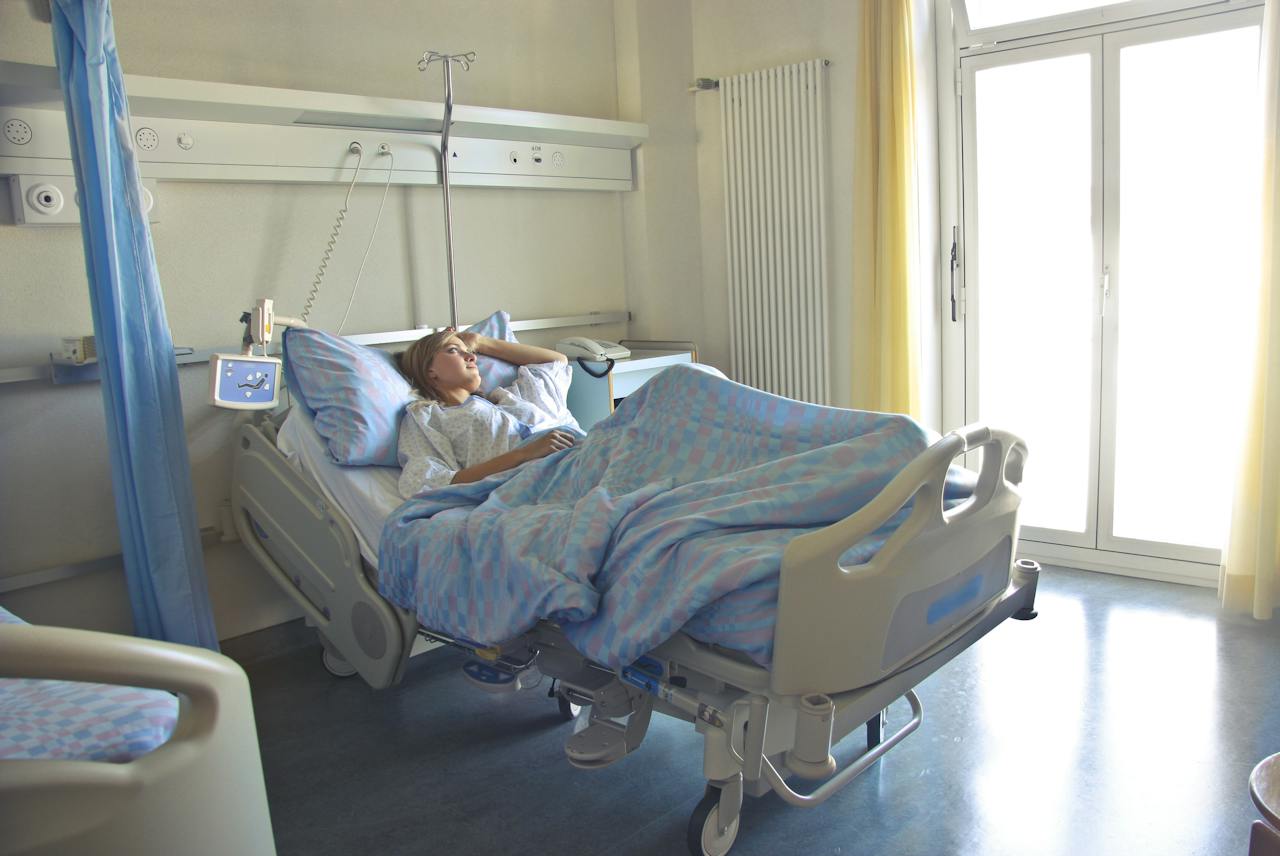Medicare (Dis)Advantage: Hospital Observation Downgrades

Hospital observation status can be a lose-lose proposition: Hospitals don’t get reimbursed for all the expenses that come with an occupied bed, while patients face “unbundled” copays, higher prescription drug costs, and potentially huge bills for post-acute care.
Yet despite the financial disincentives, this designation has increased steadily as Medicare Advantage plans refuse to pay for inpatient admissions and instead downgrade patients to observation status – sometimes even post-discharge, after hospitals have provided tens of thousands of dollars in medical care.
As with anything MA-related, no one knows the full extent of the problem because private insurance companies don’t have the same disclosure requirements as government payers. But with every observation downgrade reducing a hospital’s reimbursement by 50% or more, providers are starting to push for greater transparency and oversight.
“MA plans’ usage of observation status [is] not in line with traditional Medicare requirements, creating unequal and often unpredictable coverage for patients and significant administrative burden,” the Society of Hospital Medicine recently said in an open letter to CMS.
Historically, hospitals began increasing their use of observation status in the early 2000s as CMS rolled out two new policies: financial penalties for 30-day readmissions plus claw backs for short-stay admissions lasting less than two days. Along with expanded reimbursement codes for observation services, these policies created financial incentives for hospitals to manage patients with less severe illness in observation settings.
But those financial incentives applied only to patients with traditional Medicare, and private MA plans initially were skeptical as the observation trend “spilled over” to their enrollees. In 2016, OptumLabs – the research arm of United Healthcare – published “one of the first studies to examine changes in the use of observation status among people enrolled in private plans.” From 2004 to 2014, Optum found that observation rates increased by nearly 130% for MA enrollees, and they warned that “Further research is needed on the appropriateness of the level of care setting and how this choice affects quality of care and patient out-of-pocket costs.”
Observing the Impact of Hospital Observation Status
But at some point since 2014, MA plans began shifting their stance to push for greater use of observation stays rather than against. Originally used by hospitals to avoid financial penalties, observation status is now more often used by payers to avoid paying for inpatient stays.
For instance, our client UNC Health Johnston recently said in a public filing (not our proprietary work product) that its average daily census of observation patients nearly doubled between 2020 and 2023. In FY 2022 alone, the health system calculated that such patients accounted for more than 7,300 days of care, or roughly 17% of the inpatient total.
Unlike traditional observation patients – blood transfusions, procedural recovery, and the like – these were higher-acuity patients that would have “qualified for inpatient status in the past based on their condition upon admission but are now restricted to observation status by the payor, often only after the patient is placed in a licensed bed or even after they are discharged. To further complicate the matter, the determination of whether a patient is observation or inpatient varies by payor, meaning that the same type of patient may qualify for inpatient or observation status based only on the patient’s payor.”
Despite the secretive nature of MA plans, researchers have been trying to get beyond such anecdotes to the measure the overall frequency of observation downgrades. For instance, a 2023 study published in JAMA Health Forum used administrative claims to calculate observation status for eight ambulatory care-sensitive conditions (ACSCs). The headline finding: Patients with Medicare Advantage were more than twice as likely to be designated as an observation stay compared to patients with traditional Medicare.
For acute care hospitals struggling to understand the revenue impact of observation downgrades, that research finding may offer a starting point: Look at your historic ADC for observation beds, look at the growth rate of your MA population, then model 2x utilization of observation beds for that segment.
What is a “normal” rate for observation stays? Using payment data from traditional Medicare, Dr. Ronald Hirsh has calculated that the average rate nationally is 12.18% – that is, observation patients represent about 12% of total claims with an inpatient DRG.
Even with a long list of caveats, that’s an interesting number for comparison because it was calculated without any claims data from Medicare Advantage plans. If you believe MA organizations are aggressively downgrading your patients, now you might have a benchmark of sorts. Use your internal data to calculate an observation rate for MA patients at your hospital, then see how it compares to the 12% national average. There is little financial incentive to boost observation stays, so a higher number is very likely the result of strong-arm payer policies.
This is Part 4 in our series on Medicare (Dis)Advantage. Please click below for additional installments:
Comments